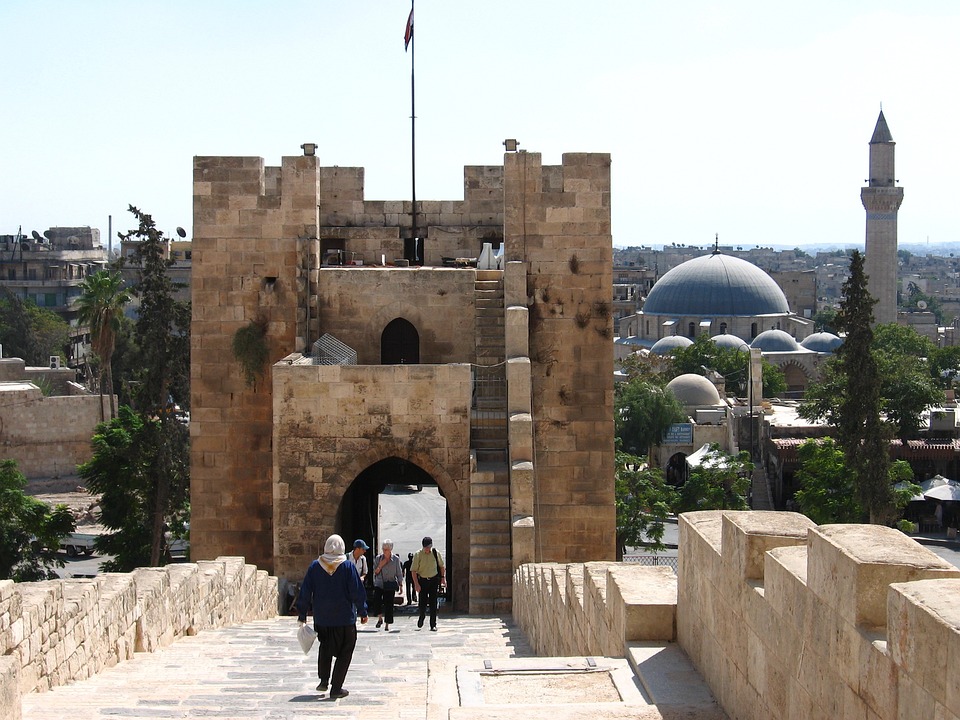In an attempt to explain the unspeakable horror, former prisoners have taken to calling Syria's Sednaya military prison a "slaughterhouse." Like no other building in the country, it has come to symbolize the absolute horror of the times of the now overthrown Government of Bashar al Assad.
Al Assad's officials allegedly tortured and killed people in this and other prisons on an "industrial scale."
Following the lightning offensive by the insurgents, led by the Islamist group Hayat Tahrir al Sham (HTS), thousands of people are being liberated from Sednaya. The White Helmets civil defense forces estimate that between 20,000 and 50,000 prisoners were rescued in a single day from the building complex north of the Syrian capital, Damascus.
It is estimated that up to 150,000 people may have been imprisoned there, and many remain missing.
With his release, new details about living conditions in Sednaya come to light. The White Helmets fear that between 50 and 100 people could have been executed daily and then burned in ovens.
For family members, a feverish search has begun for clues about imprisoned or missing relatives they haven't heard from in years or decades.
Mohammed Abel Asis, for example, came to Damascus from Aleppo, in search of his father. When security forces detained him in 2000, Mohammed was seven years old. "We look in vain for a ray of hope," he tells the German press agency DPA.
Some relatives who return from prison empty-handed hold symbolic funerals and mourning ceremonies for loved ones they will likely never see again, witnesses say.
Likewise, there are prisoners who walk like ghosts of themselves towards an unexpected freedom, sometimes after decades in prison. The Al Jazeera news channel showed a man who could not remember his own name, allegedly as a result of the severe torture to which he was subjected.
Others who were imprisoned during the presidency of Hafez, Bashar Al Assad's father, are barely aware that he died in 2000 and that his son took power at that time.
According to the British newspaper The Guardian, among the former prisoners is a former pilot who refused to bomb the city of Hama during an uprising against Hafez al-Assad in the 1980s, and who has now been released after 43 years.
After viewing footage of Syrian defector "Caesar" being tortured, former UN chief prosecutor David Crane compared the brutal methods of Assad's army officers and security authorities to those of the Nazi regime. In 2014, he spoke of "murders on an industrial scale."
According to the organization Amnesty International, in Sednaya there was a room with 30 nooses for hanging prisoners. In addition, the US Government reported a crematorium next to the main building to burn bodies. The leader of the White Helmets, Raid al Saleh, also claims that his team discovered bodies in ovens.
Survivors and former guards told Amnesty International about the existence of a human press known as a "flying carpet" and a method of torture, which consisted of forcing the victims to climb into a car tire with their heads between their knees, where they would then be held. he hit them.
Some prisoners were raped and beaten, others developed psychotic disorders and died in their cells. Since the 70s of the 20th century there have been prisons in Syria where members of the opposition disappeared as if into black holes.
In the past, the Al Assad government has described the accusations as unfounded and false. However, human rights activists estimate that between 2011 and 2018 alone, more than 30,000 prisoners were executed at Sednaya or died as a result of torture, denial of medical care or starvation.
Meanwhile, the search continues for supposedly hidden underground cells, which could reveal even greater horror.
Source: DW.
#Syria #Sednaya #Prison #HumanRights #Torture #WhiteHelmets #Conflict #HumanitarianCrisis #2025 #News #noticiasde #mix96.1fm #viveenti #mixfm.info #informativodigital #teconectaconlanoticia #MixFMenVivo #RadioMixFM #MusicaEnVivo #NoticiasMixFM #EstacionDeRadio #MusicaYNoticias #ConciertosMixFM #MixFMLatino






